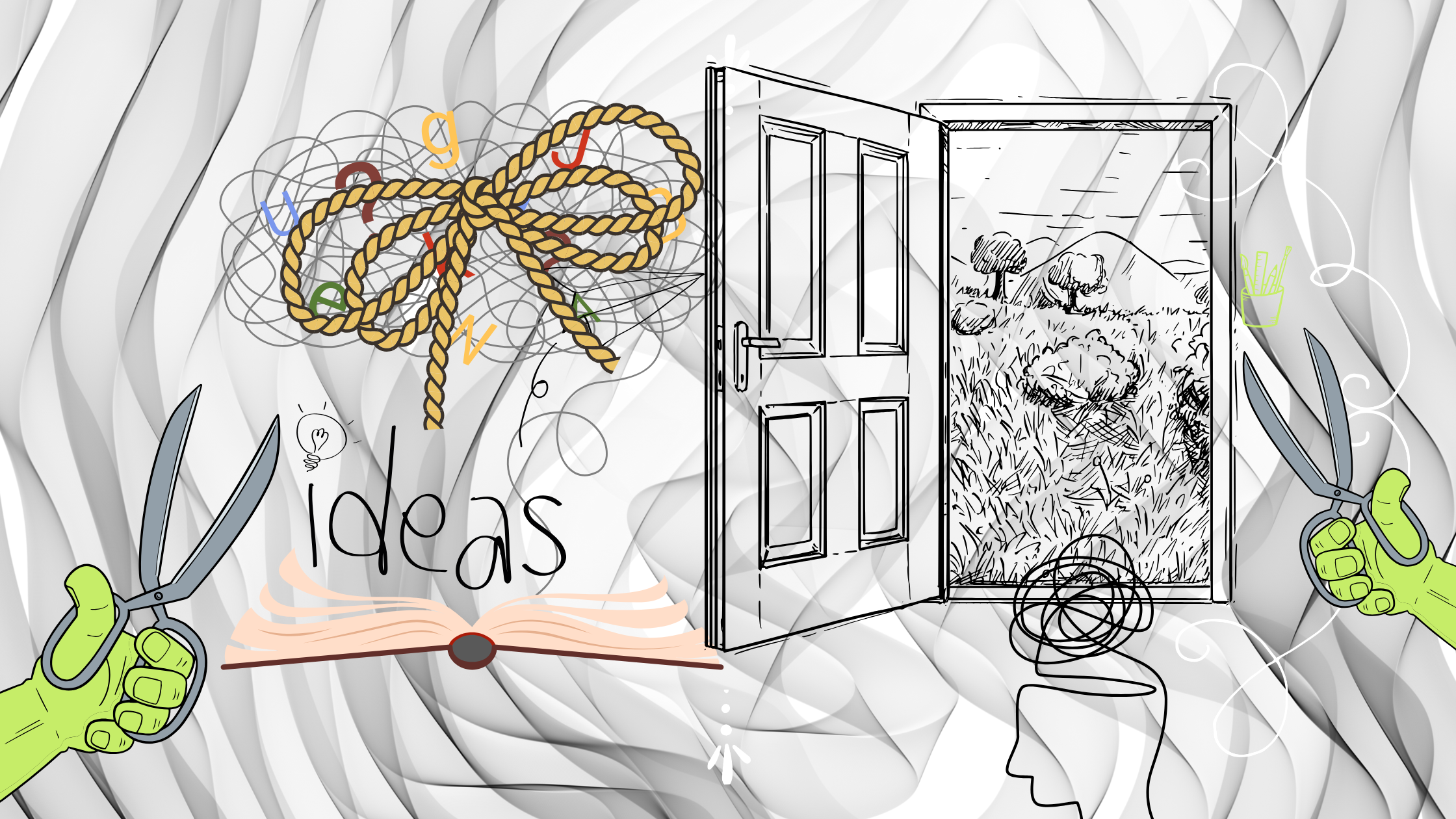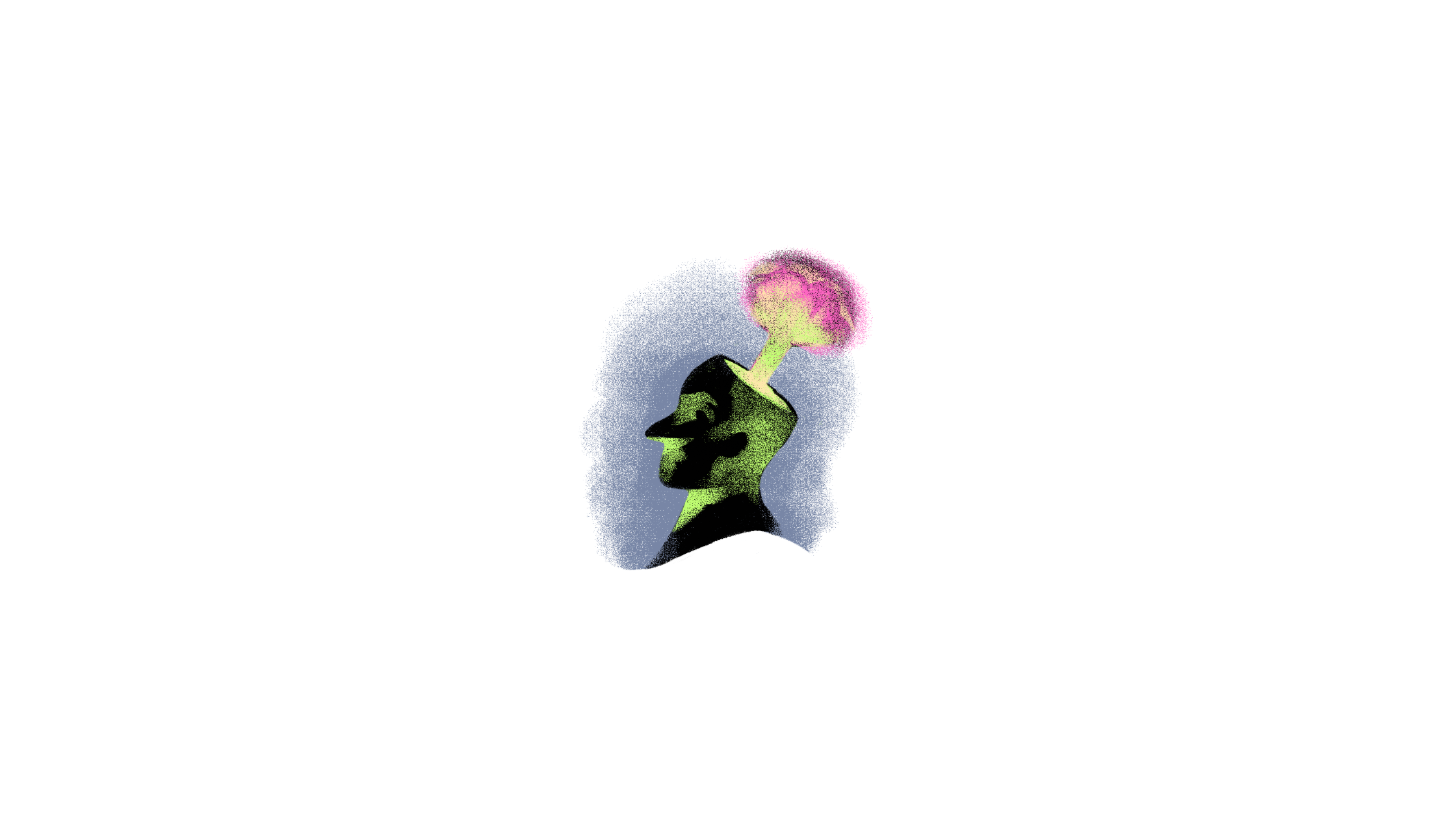Writing a Book with Learning Disabilities
A digital illustration showing a tangled ball of letters tied with a rope bow.
“Hey Caroline….How?!”
I have been asked “how did you?” for this book-writing process more than anything else. How I wrote a book while living with dyslexia and ADHD still perplexes me. The honest answer is that it wasn’t a straight line. For most of my life, I thought I wasn’t smart enough. That’s what happens when you grow up with learning disabilities that go unnoticed or misunderstood.
mind map
“Slower and Miles Ahead At The Same Time….”
Teachers saw me as either “behind” or “difficult,” but in some areas, I was light-years ahead of my peers. I could make connections others didn’t see, think sideways around problems, and create nonstop. But because my struggles with reading, writing, or organization weren’t recognized, I got the message that I was lazy or not trying hard enough. That confusion stays with you—it feeds anxiety and depression and makes you feel “less than,” even when you know you have a sharp mind.
Illustration of a person standing in a yellow spotligh
When you carry that self-doubt into adulthood, projects like writing a book feel impossible. It’s not just the technical challenge of spelling or focus. It’s the voice in your head saying: Who do you think you are? You’ll never pull this off. That voice can stop you before you even start. What changed for me was realizing there are tools now that don’t erase the struggle, but give you a way to work with it instead of against it.
“What helped me?”
Notion became my external brain. I could capture scattered thoughts and organize them later without losing momentum.
Grammarly helped me polish without shame—it’s not writing for me, it’s catching the slips my eyes miss.
InDesign and Canva allowed me to design and format without needing perfection in technical skills.
Royalty-free music helped me set a creative atmosphere and get into flow.
AI tools played a role. Not to write for me, but as a grammar check, fact-keeper, and sounding board when I needed to clarify ideas.
”You don’t have to struggle to get your creative ideas out. You just have to try. “
These tools don’t make the book less mine. If anything, they gave me access to the same support systems that neurotypical writers often take for granted: clarity, structure, and a little extra scaffolding.
The truth is, people with learning disabilities are less likely to attempt big projects like books. The mix of constant frustration, anxiety, and depression makes you second-guess whether you’re “worthy” of even trying. Add to that the childhood scars of being overlooked or mislabeled in school, and it’s no wonder so many talented people give up before they start.
That’s why I wanted to be open about my process. I didn’t write a book despite my dyslexia and ADHD—I wrote it with them. My brain doesn’t work in straight lines. It works in bursts, loops, and connections that look chaotic from the outside. But with the right tools, that chaos became a story.
Illustration of two orange and yellow hands breaking free from black chains, symbolizing liberation and strength
I don’t see my mind’s chaos as a weakness anymore. They make me stubborn, resourceful, and able to see around corners. Writing this book proved to me that “different” doesn’t mean “less.” It means finding another way in. And sometimes, that other way creates something stronger, something nobody else could have written.







